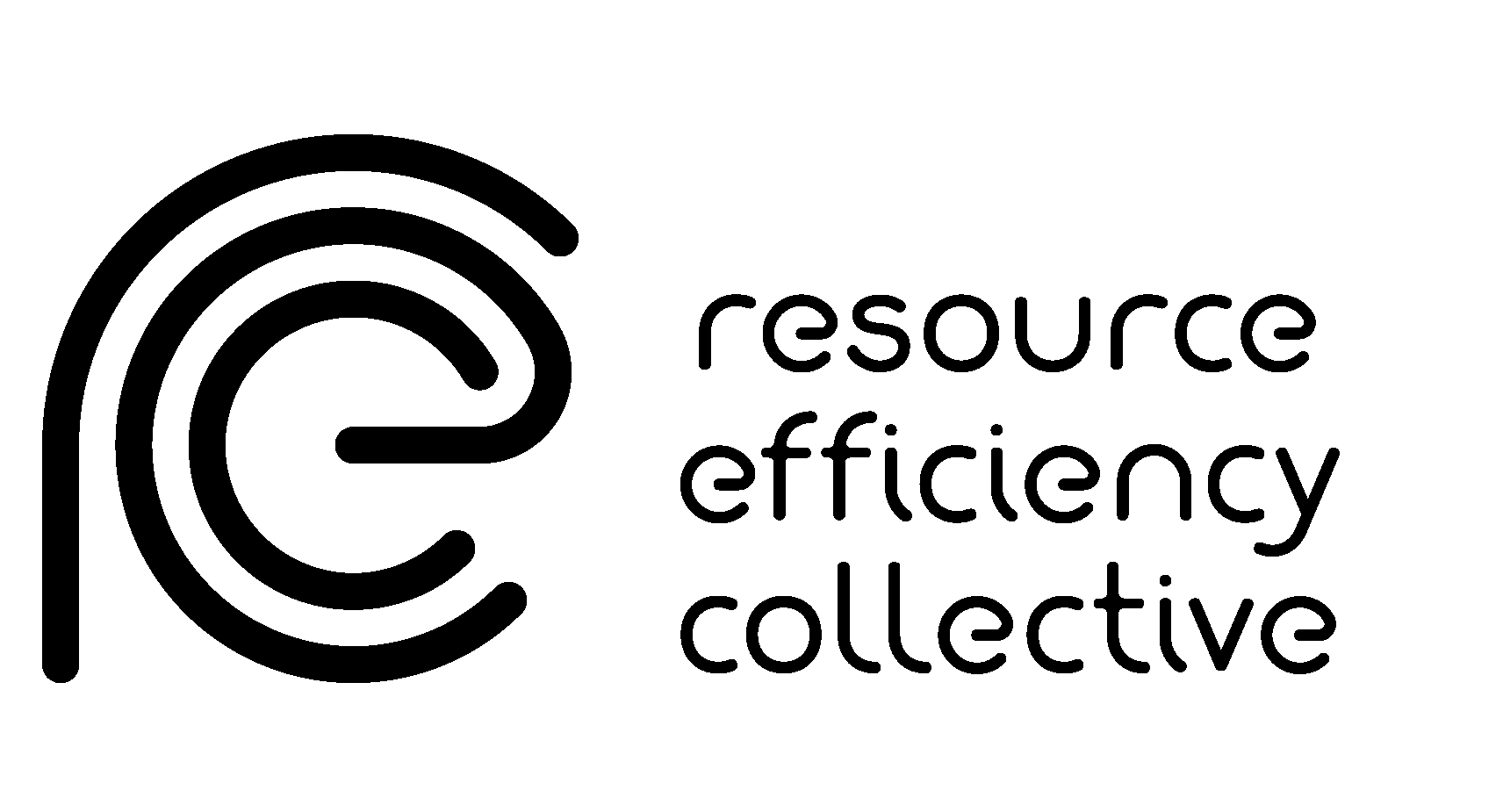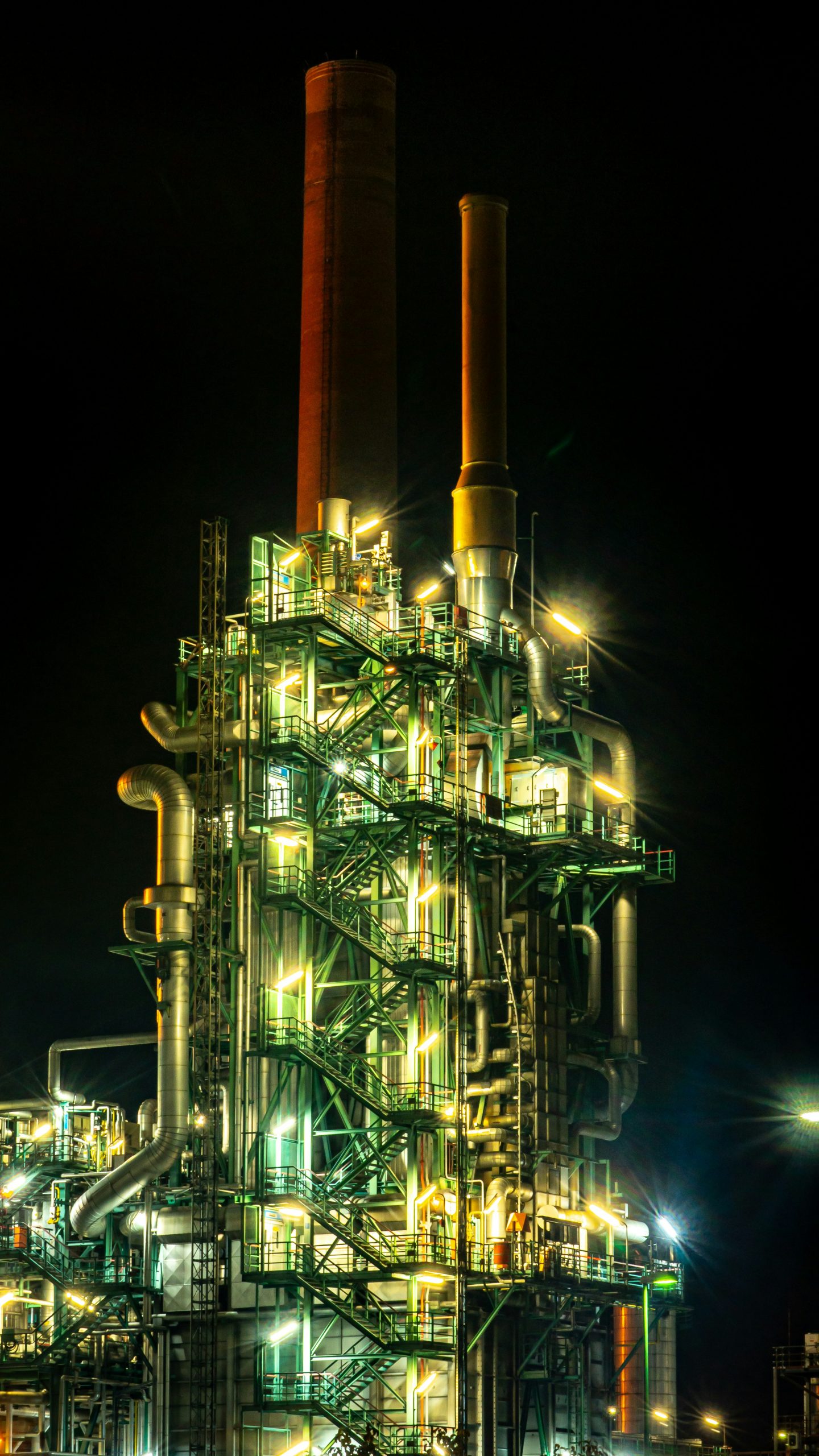Renewable butadiene: A case for hybrid processing via bio- and chemo-catalysis
Currently, the chemical industry is responsible for 7% of anthropogenic greenhouse gas (GHG) emissions and 30% of final industrial energy use (IEA, 2018). The carbon content of most chemicals inherently ties the industry to the use of carbon-based feedstocks, making decarbonisation challenging.
One approach to reduce emissions is through the replacement of conventional fossil fuel feedstocks with renewable carbon sources. Such resources enable biogenic carbon to be utilised for chemical synthesis, with the potential of achieving negative GHG emissions.
Despite the environmental benefit, these sustainable technologies need to be cost competitive with conventional fossil fuel-based processes. Successful implementation of sustainable technologies depends on the identification of opportunistic chemicals based on market trends and technological developments.
1,3-butadiene (butadiene) is a by-product produced during naphtha steam cracking, predominantly used in tyre manufacturing. Recently, steam crackers have converted to using more cost effective, lighter feedstocks such as shale gas, yielding less butadiene.
The potential shortfall, coupled with concerns around increasing greenhouse gas emissions, provides a unique opportunity for renewable production.
This study investigated the techno-economics and greenhouse gas emissions associated with renewable butadiene production routes within the context of a China located pulp mill. The study found that renewable butadiene production has potential as a net carbon sink for pulp mill residues conventionally destined for energy recovery.
Read the paper from Fanran Meng, Sarah Rodgers, Stephen Poulston, Alex Conradie, Jon McKechnie here.
Photo credit: Goh Rhy Yan













